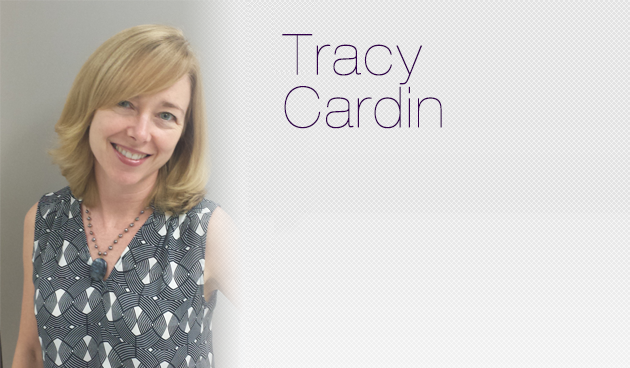I receive lots of calls and emails from HM group leaders, APP leads and others looking to up their game in APP integration. The calls fall into certain domains, and I thought it might be a good time to address some of these concerns.
- Training/Onboarding: This is the number one domain I get questions about. And it is important. Poor onboarding and lack of standardized training for APPs is a major barrier to success in HM practices looking to maximize their APP providers. Didactic that is congruent with SHM’s Core Competencies in Hospital Medicine is a good place to start. But before you embark on this fabulous onboarding program that is the envy of all who survey, realize that another key to success is appropriate expectations.The best onboarding or training program cannot “season” an APP the way time does. New grads can easily take nine months to a year to achieve independent decision making. Even experienced APPs who worked in an outpatient environment will take at least six months. If you or your practice starts off thinking that three weeks or a month is going to be adequate, you are going to be in for a surprise – and not the good kind. While a focus on training is a good idea, training is not the cure for everything. Which brings me to the next topic:
- Culture (or how to bamboozle physicians into understanding how great APPs are): The thing is, you can’t bamboozle a physician. It’s going to take lots of socialization and shopping the ideas around. If the changes are sent down to you with an edict from above, change management can even be more difficult. It may help to know and understand that most HM groups utilize APP providers. These people can’t all be wrong.Just like with the elderly, start low and go slow. Don’t hire 15 APPs at once and expect integration to go smoothly. Instead hire a “rock star” APP, give them lots of care and love and let them guide your structure and onboarding. Give your physician team members some education about working with APP providers. Incent them to teach or have co-visits. Encourage out-of-hospital activities, such as bowling or just gathering at the local watering hole. Once your physician team members get a bit more comfy, you can begin expanding your program.
- Productivity: I frequently receive calls from HM groups and hospital systems asking the magic question, “How many patients can an APP see in a day?” My answer is usually to ask about the volume that physician providers tolerate. In my experience, there is often a gap, usually of about 10-15%, between physician and APP providers. To be honest, I’m not sure why that gap exists. And I don’t think there is any specific, supportable reason it should exist. I would advise HM leaders to shoot for parity in nearly all arenas such as productivity, scheduling and incentives. It may be that we should more aggressively train and instruct our APPs on efficiency. But it’s important to address because once you add in physician supervision costs and the reduction in capacity and billing, any financial advantage to deploying an APP provider can melt away quickly.
- Evolution: Just like all hospital medicine programs, evolution occurs. Change is the norm. So it goes with APPs. The things you hire them to do today may be vastly different than what you want them to do in the future. At the beginning of my practice in HM I received lots of guidance and input from my physician partners, but as their comfort level and my experience progressed my supervisory needs became minimal. Make sure you understand that, and that they do too. Often when things go less than well it is due to lack of communication about expected and healthy evolution. The great thing about evolution is it leads to resilience and maturity in a program. And that’s a condition that benefits both APPs and physicians.
Take these points into consideration as you reevaluate the way you are currently integrating your APPs or begin to add them to your care team. Many of these strategies are easy to implement and can ultimately improve morale and build an even stronger, more efficient team.



Leave A Comment